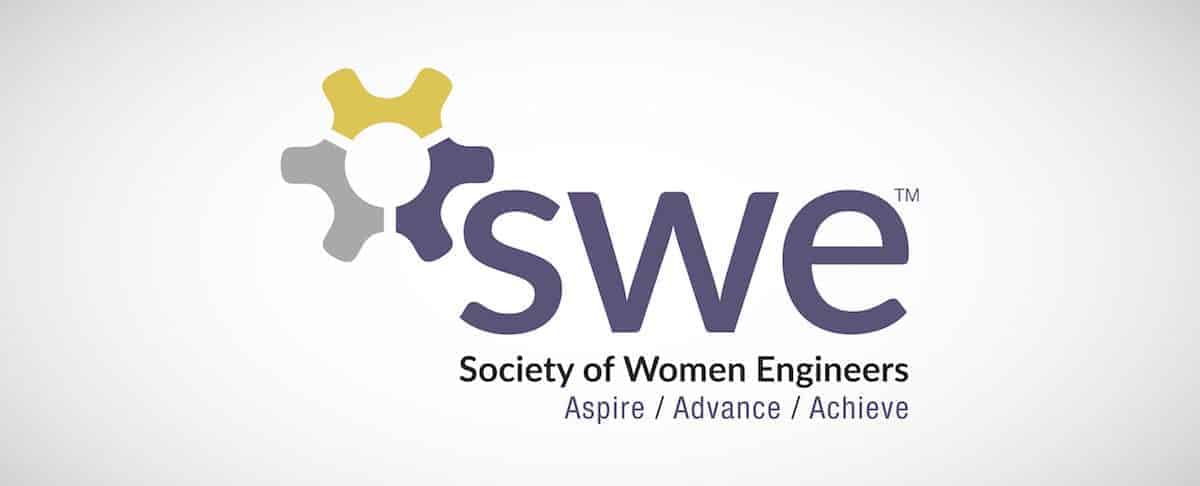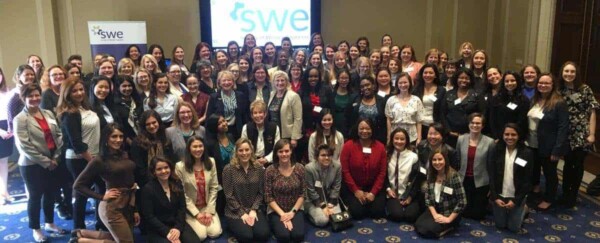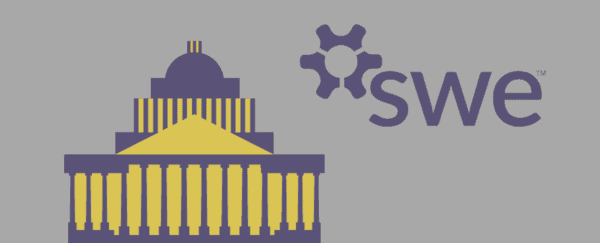What’s Happening on Capitol Hill This Month
The holidays are upon us and while SWE members prepare for final exams, year-end reports and other December 31 deadlines, the United States Congress also sees the end of its calendar ahead. That means that lists are being madeshort lists of what HAS to get done. While refugees and terrorist attacks have dominated headlines and workdays for the new Speaker of HouseRepresentative Paul D. Ryan (R-WI) he has shown his ability to deftly work with members and staff to get a few things done already. STEM education advocates and K-12 policy wonks are particularly pleased by his successful collaboration with House Education and the Workforce Committee Chairman John Kline (R-MN) and leading House Democrats to conclude a (mostly) amicable House-Senate negotiation on a bill to reauthorize the Elementary and Secondary Education Act (ESEA). The bill hasn’t been updated since 2002, and governors, superintendents, business interests and countless others have been urging this Congress to do something before the presidential election season paralyzes Congress.
The relative calm of the conference negotiations was almost certainly due to the fact that most of the meat of the new bill, titled the Every Student Succeeds Act (ESSA), was negotiated by staff and advocates before a single formal conference meeting. The new bill, voted out of committee 39-1, requires transparency from states regarding student performance on assessments, and other factors such as school discipline, teacher engagement, and access to advanced coursework. States will also have to identify their lowest performing schools and flag schools where subgroups of students such as English learners or children with disabilities chronically perform at sub-par levels. The bill does scale back the role of the federal government in setting goals and associated sanctions, although academic progress based on college- and career-ready standards remain a priority. If that sounds a little confusing, it’s because it is. There will be much speculation about how the new ESSA will be implemented in the months and years to come, assuming it passes expected floor votes in the House and Senate in December and President Obama ultimately signs it.
SWE and the STEM Education Coalition wrote to Congress requesting that proposals to support the teaching and learning of STEM subjects be retained in a final compromise measure. Perhaps the best mark of a good compromise is everyone is disappointed and no one is completely satisfied. That’s the case with this particular deal. Here’s how STEM fared in the ESSA:
- Annual statewide assessments of reading and math in grades 3 through 8 and once in HS will continue under the new bill. Math is fundamental to engineering and all STEM subjects and ensuring student success is important.
- Statewide science testing will continue to be given three times between grades 3 and 12, making sure that states are keeping track of another subject crucial to STEM.
- Instead of a dedicated STEM educator program, such as current law’s Math and Science Partnership (MSP) program, the new law will streamline professional development programs for all subjects into a single, state-administered program. While this structure isn’t what SWE and the STEM education community hoped for, there are some bright spots in the proposed changes:
- Districts will be able to use the program to support certain state and federal allowable activities such as STEM competitions, increasing access to STEM courses for underrepresented students, expanding STEM specialty schools, and promoting hands-on learning.
- Districts will have access to a new program called the Well-Rounded Education Program that will prioritize STEM subjects and support teaching the arts in collaboration with the STEM subjects to make STEAM partnerships (ex: music and math)
- A federal grant will be available for some states to develop STEM master teacher corps and state-wide STEM teacher professional development programs in partnership with nonprofit organizations, school administrators, and STEM educators.
By no means is this a homerun. James Brown, Executive Director of the STEM Education Coalition (of which SWE is a member), said, As a result of extensive feedback and input from the STEM education community, the framework adopted by the conference would provide dedicated funding to improve the teaching and learning of STEM subjects, including professional development for STEM educators, and would allow greater access for thousands of school districts to federal funding to support STEM programs and activities. The agreement also retains an important requirement for states to measure student performance in math and science for all students. We look forward to working with Congress in the coming weeks to craft the final details of the legislation.
After the Thanksgiving break, Congress returned to address this bill and a budget. That causes some nervousness among STEM education advocates who know that ESSA will become less important as the December 11th deadline for action to keep the government open approaches. However, as NAEP scores lag and the latest ACT report shows that only 1 in 5 high school graduates are ready for STEM courses in college, any progress is welcome news.
Author
-

SWE Blog provides up-to-date information and news about the Society and how our members are making a difference every day. You’ll find stories about SWE members, engineering, technology, and other STEM-related topics.





